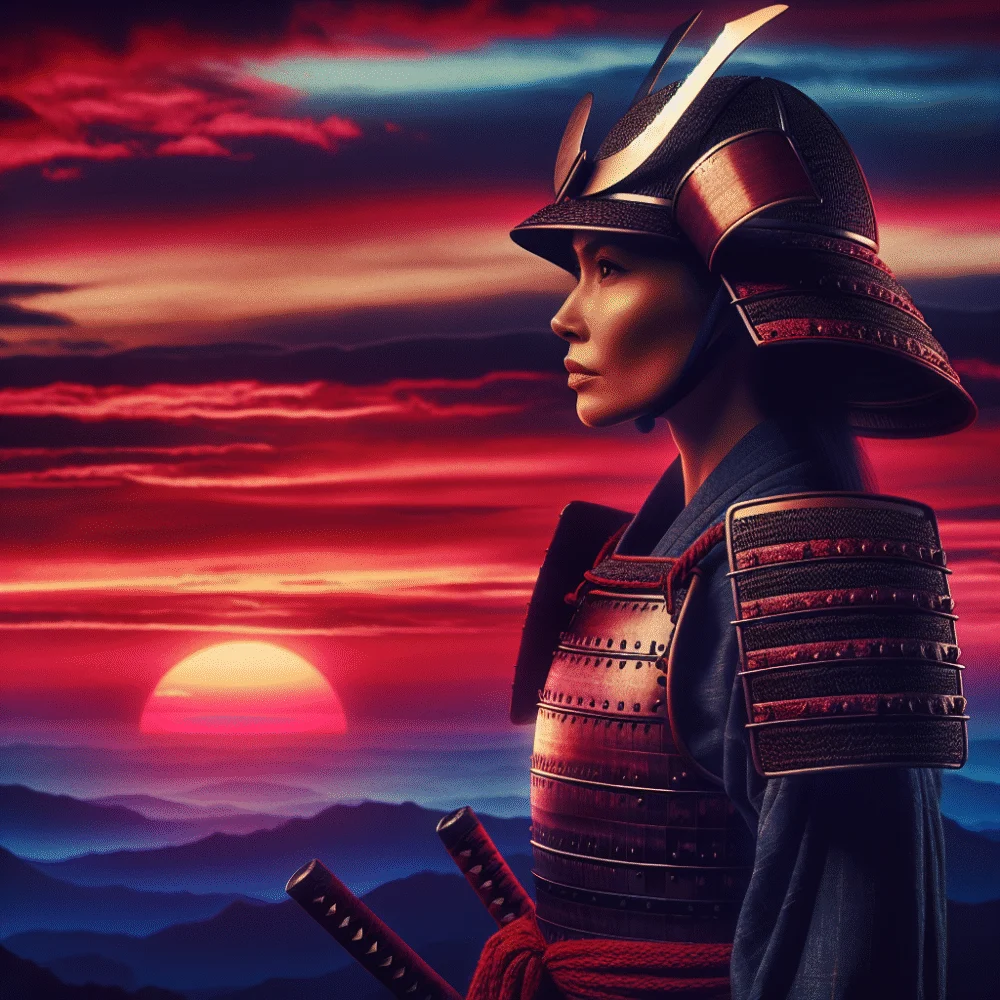The Last Samurai Standing is more than just a phrase; it embodies a spirit of courage, valor, and unwavering dedication. In a world filled with challenges and adversity, the concept of being the “last samurai standing” serves as a profound metaphor for perseverance and the fight against overwhelming odds. This article will explore the origins of this striking expression, its relevance in today’s society, and how it relates to various aspects of life, including gaming, sports, and personal struggles.The term itself likely draws inspiration from the historical samurai of Japan, warriors known for their strict adherence to the bushido code—an ethical system emphasizing loyalty, honor, and discipline. Samurai were not merely soldiers; they represented a way of life and a commitment to their values. Being the last samurai standing symbolizes the steadfast nature of these warriors, who stood firm in their beliefs, even when faced with insurmountable obstacles.In the world of gaming, the phrase has gained traction as a way to describe players who rise above the competition. Whether playing a battle royale game or a fantasy RPG, the last player or character remaining stands as a testament to skill and strategic thinking. Achieving this status requires not only technical proficiency but also mental resilience and the ability to adapt to change. Just like the historical samurai, modern gamers must embrace challenges, learn from failures, and continually strive for improvement.The concept also resonates deeply in competitive sports. Athletes often push their limits, battling physical and mental fatigue to be the last one standing in their events. Just like the samurai warriors of old, they must embody persistence and a fighting spirit. Every game, every point, every match is an opportunity to showcase their strength and dedication, making the phrase “last samurai standing” an apt descriptor of their journey.Furthermore, beyond the realm of competition, individuals face numerous everyday challenges that can feel like a battlefield. From personal struggles such as health issues to professional obstacles in the workplace, many can relate to the idea of standing tall in the face of adversity. Like the last samurai, it often requires a fierce resolve, a willingness to fight for what’s right, and an inherent courage that fuels the will to survive.In conclusion, the notion of being the last samurai standing transcends mere wordplay. It serves as a reminder that we all have the capacity to rise above adversity, showcasing strength and resilience through the tough times. Whether in gaming, sports, or personal life, embracing this enduring spirit can drive us forward, allowing us to tackle challenges head-on with the honor of a samurai.In the next section, we will delve deeper into the cultural implications and the psychological aspects of maintaining such a warrior spirit, exploring how we can apply these lessons in our daily lives for greater success and fulfillment.—In understanding the last samurai standing, we first must discuss the historical context that shaped the samurai ethos. Emerging during Japan’s feudal era, samurai were not merely warriors; they were part of a larger cultural framework that centered around loyalty to a master, self-discipline, and a commitment to the greater good. This history informs the modern interpretation of the term, influencing how we view resilience and honor today.Today’s society often idolizes those who seem to conquer their challenges effortlessly. However, just like the last samurai, many face internal struggles that are invisible to the outside world. The samurai’s journey wasn’t just one of physical combat; it encompassed psychological battles—battles that mirror those many individuals face in contemporary life. Whether it is overcoming personal fears or societal pressures, embodying the last samurai standing requires grappling with these demons head-on.One crucial aspect to highlight is the importance of community and mentorship in building resilience. Historical samurai often trained under experienced masters, who imparted knowledge, skill, and philosophy. In today’s context, individuals should seek mentors and supportive communities that encourage growth. Sharing experiences and learning from one another can foster a fortress of strength, echoing the camaraderie once felt among samurai clans.In the realm of entertainment, the last samurai standing concept has inspired countless films, novels, and games. These media not only bring the samurai’s valor to life but also allow audiences to reflect on their definitions of strength and endurance. For instance, movies that illustrate a warrior’s journey often evoke deep emotions, challenging viewers to contemplate their “last samurai” moments—a familiar challenge that calls for grit and resilience.Moreover, how we react to setbacks greatly defines our journey. In gaming, for instance, players often experience multiple defeats before achieving success. Each loss provides a learning opportunity, much like how samurai adapted their techniques based on their experiences on the battlefield. This parallels life, where every failure lays the groundwork for future success. By adopting a mindset of growth and learning, we can embody the essence of being the last samurai standing, each day bringing us closer to our ultimate goals.In summary, understanding the last samurai standing requires looking beyond the physical attributes of strength and power. It is about embodying the values of resilience, community, honor, and the relentless pursuit of improvement. As we navigate through life’s complexities, embracing this mindset can genuinely forge paths of fulfillment and success.—As we conclude our exploration of the phrase last samurai standing, it becomes increasingly evident that this expression captures not just the essence of historical warriors but embodies a universal message of persistence and life’s battles.We are all capable of becoming the last samurai standing in our narratives. Whether we confront challenges in our professional landscapes, personal relationships, or individual passions, there remains a warrior within each of us yearning to rise and face obstacles with honor and resilience. This journey involves not just fighting battles externally, but also engaging with the internal struggles that shape our identities.Another essential aspect is recognizing that the journey does not have to be a solitary one. We need to remember the importance of forging connections with others on similar paths. By fostering networks of support and sharing opportunities to learn from one another, we can create a community akin to the samurai clans of old. Together, we can cultivate an environment where each of us can thrive as we become the last samurai standing in our fighting spirit.Overall, the phrase serves as both a challenge and a source of empowerment, urging us to reflect on our values and determine what it means to stand strong in adversity. With a warrior’s heart, we can strive to embody the ideals of the last samurai, cherishing the journey and fueling the drive to forge our destinies with resilience.As we continue embarking upon the roads of our lives, let us hold dear this mighty spirit, uphold the principles of honor and loyalty to ourselves and those we love, and remember that to be the last samurai standing is not just a goal but a way of life filled with growth, courage, and an indomitable will to persevere.Finally, engage with this theme not merely in words but through actions. Embrace challenges and show resilience in the face of adversity; therefore, becoming the true embodiment of the last samurai standing in your own life story.










